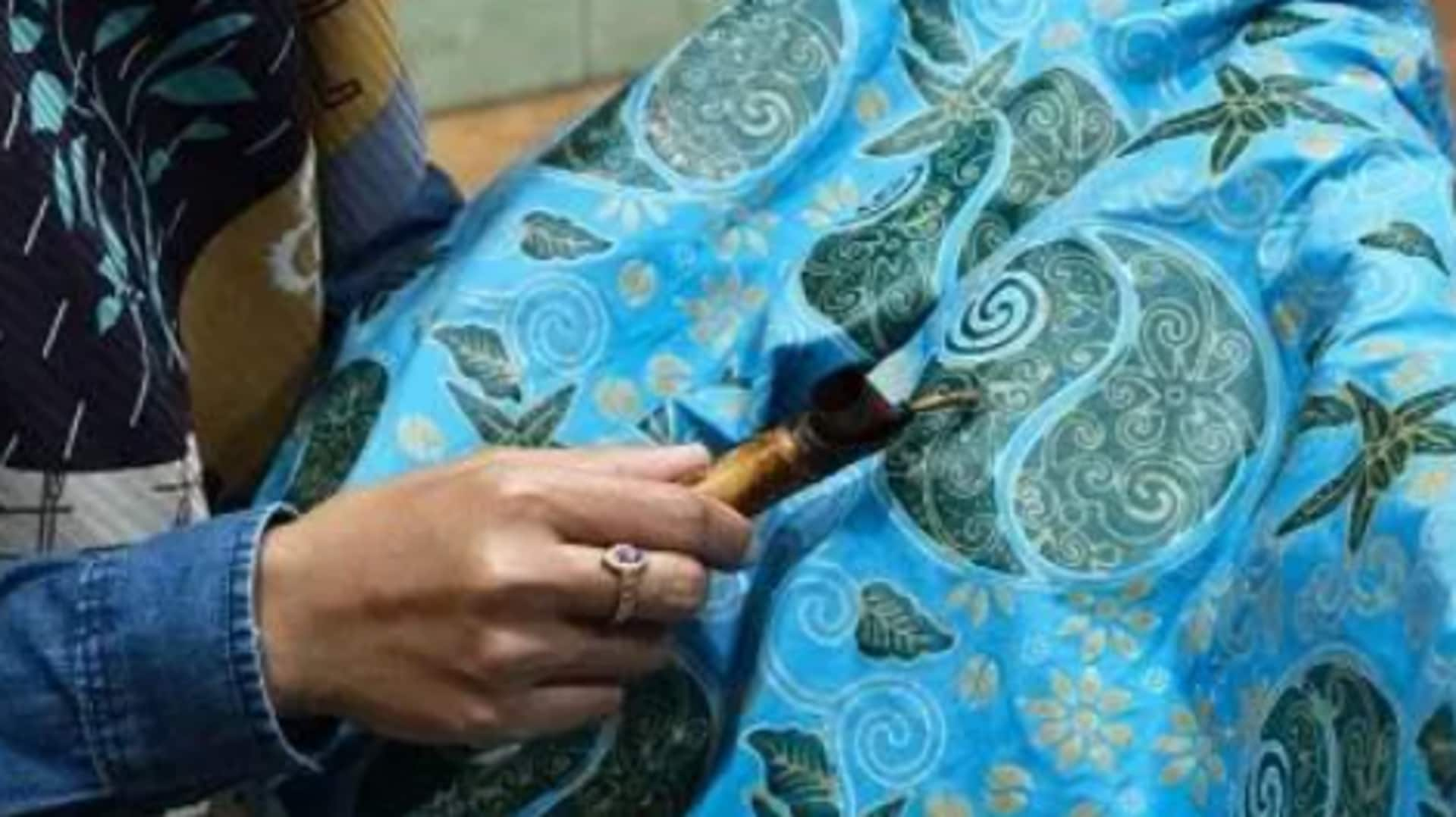
Indonesia batik art: History and unique techniques
What's the story
Indonesian batik art is a traditional craft that has achieved worldwide acclaim for its intricate designs and cultural significance. Hailing from Java, the art form employs the wax-resist dyeing method on cloth. While most people are aware of its vibrant patterns, there are some lesser-known yet interesting aspects that make it unique. Here, we explore them, revealing the history, techniques, and cultural importance of batik in Indonesia.
#1
Historical roots and evolution
Batik's history in Indonesia goes back more than a thousand years. Originally, it was only worn by royalty and was a symbol of status and power. Gradually, the craft spread across regions, with each developing its own unique styles and motifs. Batik's evolution mirrors Indonesia's rich culture and history, with influences from trade contacts with India, China, and Europe.
#2
Unique techniques in batik making
The process of creating batik features several unique techniques which sets it apart from other textile arts. The most common is the use of a canting tool to apply hot wax on fabric before dyeing it. Another technique involves stamping the patterns using copper blocks called cap. These methods require precision and skill to produce the detailed designs characteristic of Indonesian batik.
#3
Cultural significance across regions
Batik also holds great cultural value in other parts of Indonesia. In Java, for example, some patterns are meant for particular ceremonies or social classes. In Bali and Sumatra, batik is commonly donned in traditional dress for festivals or rituals. The interpretation of each region adds multiple layers to the cultural tapestry that is Indonesian society.
#4
Modern adaptations in fashion industry
In recent years, the fashion industry, both in India and abroad, has seen a resurgence of batik interest. Designers are integrating traditional motifs into modern clothing lines while playing with new colors and materials. This adaptation not only preserves but also renews interest in this ancient art form among the younger generations.
Tip 1
Tips for appreciating batik art
When checking out batik art pieces or clothes, you should pay close attention to the intricacy of designs. These patterns aren't just ornamental but often tell stories or represent philosophical ideas that are ingrained in their place of origin. Each motif stands as a testimony to the rich cultural heritage and artistic expression of the Indonesian people, providing insights into the values, traditions, and history that defined their communities.